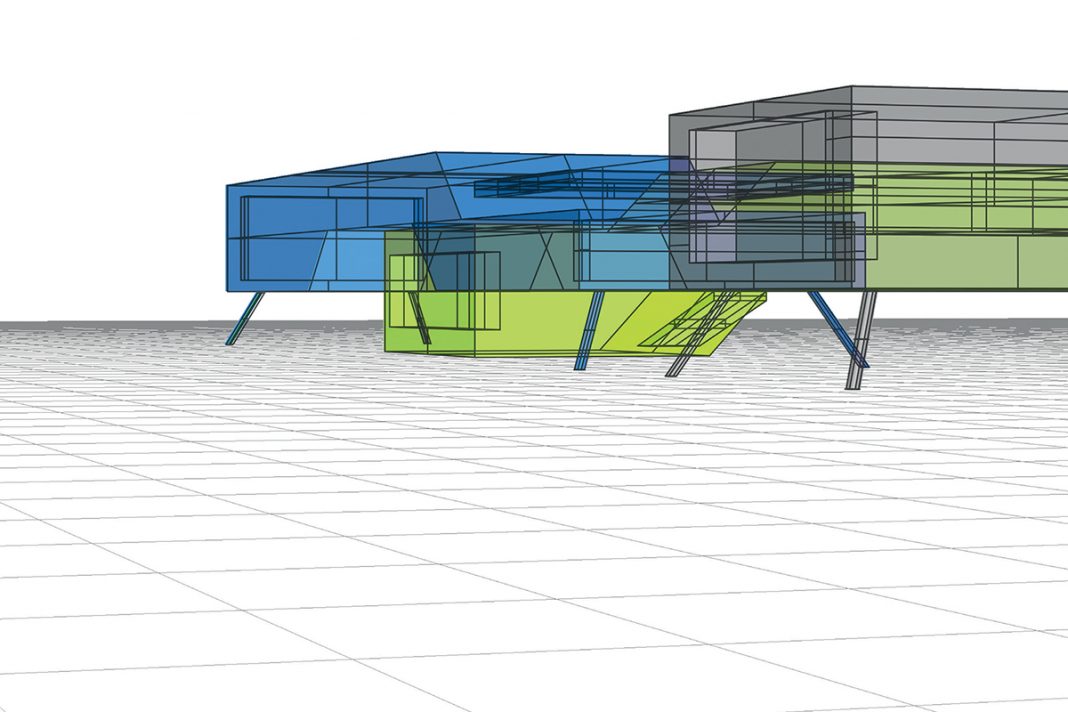Rob Charlton, CEO, Space Group explains the importance of data in the construction environment and why it is needed to ensure the success of projects
Through the move to Level 2 BIM, one word has been used far more than others; data.
If we look back to before 2011, it was highly unlikely we would use the word data in a construction conversation unless it was working on a data centre. Producing drawings was more about lines, hatching and sections – as such, data was never even considered. But in today’s modern industry, it is now a much-used term.
We often hear the phrase, “Data-rich environment”, clearly this is a long way from piles of paper! Which makes us question; what is data, why do we have it and what are we going to do with it?
Collaboration is key
As part of the many benefits of BIM, collaboration is at its core, the collaboration being key stakeholders in the supply chain who exchange data. But how can a few numbers and words on a computer screen help us to work collaboratively?
One of the biggest challenges in construction is that it has been very disjointed. Designers in the past rarely shared information; clients would not set out what was required for asset management and contractors would have to start again with much of the trade package information. Facilities Management (FM) was rarely even considered in the development stage, often seen as inefficient, expensive and a contractual obligation.
Through the use of consistent data, the industry is provided with an opportunity to connect this together and benefit from building information rather than starting over every time.
The client does make some decisions earlier than was typical regarding FM which means these requirements can be carried through the entire process. Sometimes there is a need for one of the parties in the process to input a little more detail to assist someone else in the workflow. For example, the mechanical and electrical engineers may benefit from data input by the architect which they may have not previously considered and a designer may input useful data for a subcontractor. These connections require true collaboration to work well.
Through manufacturers providing detailed information on their products and components, the designers can use design software accurately and specify the specific product. Accurate system tests can then be run with the performance data within the design software. When as-built information is derived it is pre-populated with the accurate performance data which benefits the collation of the Operations Manual but also helps the building in operation.
Data has a role to play
As we move into the future, our use of data will increase as the sophistication of software increases, and we benefit from infinite computing. Where detailed data is used to find the optimum design solution, this can reduce wastage of material by assessing the best solution when all parameters are considered together.
Manufacturers will be able to use in-use data from their product to continuously optimise design.
On the whole, data can be a pretty dry subject – it is difficult to get excited by it. However, if we look at Formula One, data has been a huge influence on success. The design of the cars, race tactics, pit stops and track routes have all benefitted by data and analysis.
In the future, we will be doing the same with buildings. The very collaborative nature of BIM allows all stakeholders involved in a building project to access a single shared digital environment that collects all of the data about the project asset. This information is then in the hands of the designer, ensuring the as-built data is in line with the as- designed model so that one single model is produced for all the stakeholders. And when handover arrives once the project is complete, the asset owners and FMs can then run the asset efficiently.
By allowing data to flow from stage to stage in the project, everyone understands what this asset is constructed from, and the information encased within each product and component used – this is true collaboration.
Data has become the keystone to all construction projects and forms our knowledge, understanding and ability to run and manage buildings long after the building stage is complete. This is how we build with data.
To hear more about the need for data and collaboration, sign up for BIM Show Live 2017, where there is a whole seminar stream dedicated to Data, with talks from industry leading data experts such; Autodesk, BIM Store, coBuilder and NBS.
Rob Charlton
CEO Space Group
hello@spacegroup.co.uk














